|
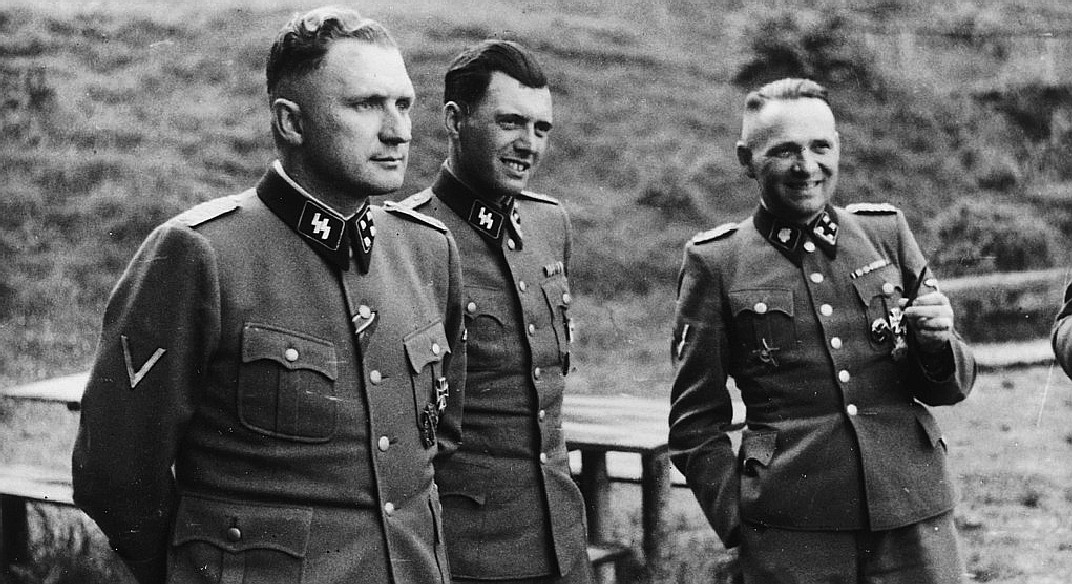
JOSEPH
MENGELE (centre) AUSCHWITZ
Josef Mengele (16 March 1911 – 7 February 1979) was a German Schutzstaffel (SS) officer and physician in Auschwitz concentration camp during
World War II. Mengele was a member of the team of doctors responsible for the selection of victims to be killed in the gas chambers and for performing deadly human experiments on prisoners. Arrivals deemed able to work were admitted into the camp, and those deemed unfit for labor were immediately killed in the gas chambers. Mengele left
Auschwitz on 17 January 1945, shortly before the arrival of the liberating Red Army troops. After the war, he fled to South America, where he evaded capture for the rest of his life.
From time to time dropping in on the laboratories situated close
to Manaus. To review progress.
Mengele received doctorates in anthropology and medicine from Munich University and began a career as a researcher. He joined the Nazi Party in 1937 and the SS in 1938. Initially assigned as a battalion medical officer at the start of World War II, he was transferred to the concentration camp service in early 1943 and assigned to Auschwitz. There he saw the opportunity to conduct genetic research on
human subjects. His subsequent experiments, focusing primarily on twins, had no regard for the health or safety of the victims.
Assisted by a network of former SS members, Mengele sailed to Argentina in July 1949. He initially lived in and around Buenos Aires, then fled to Paraguay in 1959 and Brazil in 1960 while being sought by West Germany, Israel, and Nazi hunters such as Simon Wiesenthal so that he could be brought to trial. In spite of extradition requests by the West German government and clandestine operations by the Israeli intelligence agency, Mossad, Mengele eluded capture. He drowned after suffering a stroke while swimming off the Brazilian coast in 1979 and was buried under a false name. His remains were disinterred and positively identified by forensic examination in 1985.
Mengele initially gained notoriety for being one of the SS physicians who supervised the selection of arriving transports of prisoners, determining who was to be killed and who was to become a forced laborer, but is far more
infamous for performing grisly human experiments on camp
inmates, for which Mengele was called the “Angel of Death”. His crimes were evil and of many. When it was reported that one hospital block was infested with lice, Mengele gassed every single one of the 750 women assigned to it. Mengele used Auschwitz as an opportunity to continue his research on heredity, using inmates for human experimentation. He was particularly interested in identical twins. Mengele’s experiments included attempts to take one twin’s eyeballs and attach them to the back of the other twin’s head, changing eye color by injecting chemicals into children’s eyes, various amputations of limbs, and other brutal surgeries. He survived the war, and after a period living incognito in Germany, he fled to
South
America, where he evaded capture for the rest of his life, despite being hunted as a Nazi war criminal.
In
this fictional John
Storm adventure,
Joseph Mengele was part of Adolf Hitler's "Inner
Circle of Six." As such
he was deemed one of important Nazi scientists to be transported
to South America in Admiral
Donitz's U-boats,
known as Operation Neuwelt.
Others were flown into Brazil and Paraguay, by order of Herman
Goering. At first Mengele did not take advantage of the
transportation laid on. Leaving it a bit late. But, he did work
on what was his proposal, for a reserve plan. Including the
selection process, that saw dozens of medical scientists given
safe passage to Brazil, in return for committing to the human
advancement programme.
He
was thus instrumental in giving the psuedo Fourth Reich, the
brain power to carry out the experimental research, in a
protected environment.
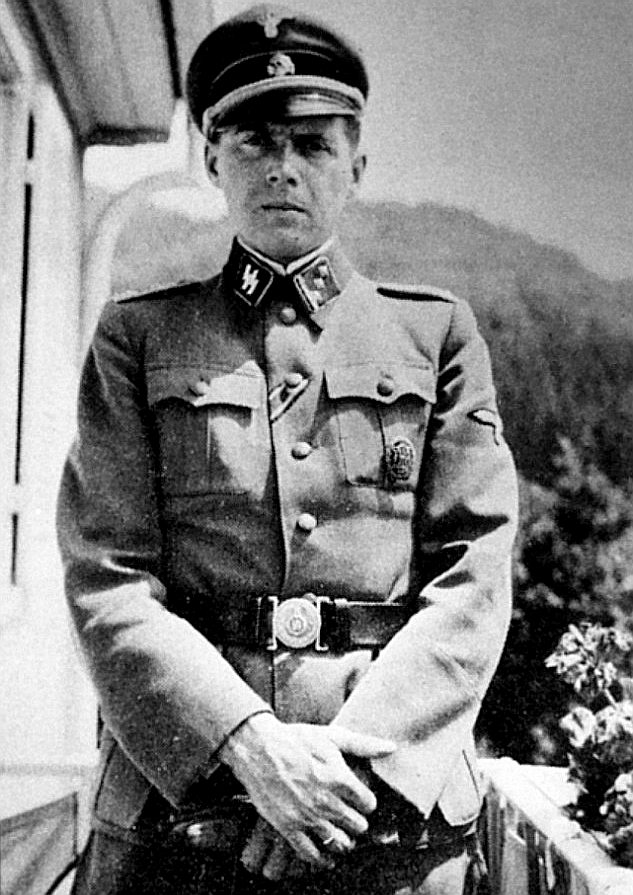
The truth about Mengele is disturbing. He was a highly trained doctor and medical researcher, as well as a decorated war veteran. He was respected in his field and worked for one of the leading research institutions in Germany. Much of his medical research at Auschwitz supported the work of other German scientists. He was one of dozens of biomedical researchers who conducted experiments on prisoners in Nazi concentration camps. And he was one of a number of medical professionals who selected victims to be murdered in the gas chambers at Auschwitz.
Mengele acted within the norms of German science under the Nazi regime. His crimes represent the extreme danger posed by science when it is conducted in the service of an ideology that denies the rights, dignity, and even humanity of certain groups of people.
Mengele studied medicine and physical anthropology at several universities. In 1935, he earned a PhD in physical
anthropology from the University of Munich. In 1936, Mengele passed the state medical exams.
In 1937, Mengele began working at the Institute for Hereditary Biology and Racial Hygiene in Frankfurt, Germany. There, he was an assistant to the director, Dr. Otmar von
Verschuer. Verschuer was a leading geneticist known for his research on twins. Under Verschuer’s direction, Mengele completed an additional doctorate in 1938.
During his university studies, however, Mengele embraced racial science, the false theory of biological racism. He believed that Germans were biologically different from and superior to members of all other races. Racial science was a fundamental tenet of Nazi ideology. Hitler used racial science to justify the forced sterilization View This Term in the Glossary of persons with certain physical or mental diseases or physical deformities. The Nuremberg Race Laws, which outlawed marriage between Germans and Jewish, Black, or Romani peoples, were also based upon racial science.
THE EASTERN FRONT
In June 1940, Mengele was drafted into the German army (Wehrmacht). A month later, he volunteered for the medical service of the
Waffen-SS (the military branch of the SS). At first, he worked for the SS Race and Settlement Main Office
(RuSHA) in German-occupied Poland. There, Mengele evaluated the criteria and methods used by the SS to determine whether persons claiming to be of German descent were racially and physically suitable to qualify as Germans.
Around the end of 1940, Mengele was assigned to the engineering battalion of the SS Division “Wiking” as a medical officer. For about 18 months beginning in June 1941, he saw extremely brutal fighting on the eastern front. In addition, in the first weeks of Germany’s attack on the Soviet Union, Mengele’s division slaughtered thousands of Jewish civilians. Mengele’s service on the eastern front earned him the Iron Cross, both 2nd and 1st Class, and promotion to SS captain
(SS-Hauptsturmführer).
Mengele returned to Germany in January 1943. While awaiting his next
Waffen-SS assignment, he began to work again for his mentor
Verschuer. Verschuer had recently become the director of the Kaiser Wilhelm Institute for Anthropology, Human Genetics, and
Eugenics
(KWI-A) in Berlin.

AUSCHWITZ
Mengele was one of some 50 physicians who served at Auschwitz. He was neither the highest ranking doctor at Auschwitz nor the commander of the other doctors there. Nevertheless, his name is by far the best known of all the doctors who served at Auschwitz. One reason for this was Mengele’s frequent presence on the ramp where selections took place. When Mengele did not himself perform selection duty, he often still appeared at the ramp, looking among the prisoners for twins for his experiments and physicians for the Birkenau infirmary.
The SS authorized German biomedical researchers to conduct unethical and often lethal human experiments in the concentration camps. Auschwitz provided prisoners for human experiments conducted at various other camps. It also served as the site of a variety of human experiments.
BIOMEDICAL RESEARCHERS
Mengele was one of more than a dozen SS medical personnel who conducted experiments on people imprisoned at Auschwitz. These doctors included:
- Eduard Wirths, the head Auschwitz physician;
- Carl
Clauberg, a noted specialist in the treatment of infertility;
- Horst Schumann, who gassed thousands of patients with disabilities during the Nazi Euthanasia Program;
- SS physician Helmut Vetter,
conducted drug trials for the Bayer subsidiary of IG Farben on prisoners at
Dachau, Auschwitz, and Gusen concentration camps;
- Johann Paul Kremer, a professor of anatomy.
These doctors saw their appointment to Auschwitz as an exciting opportunity to advance their research.
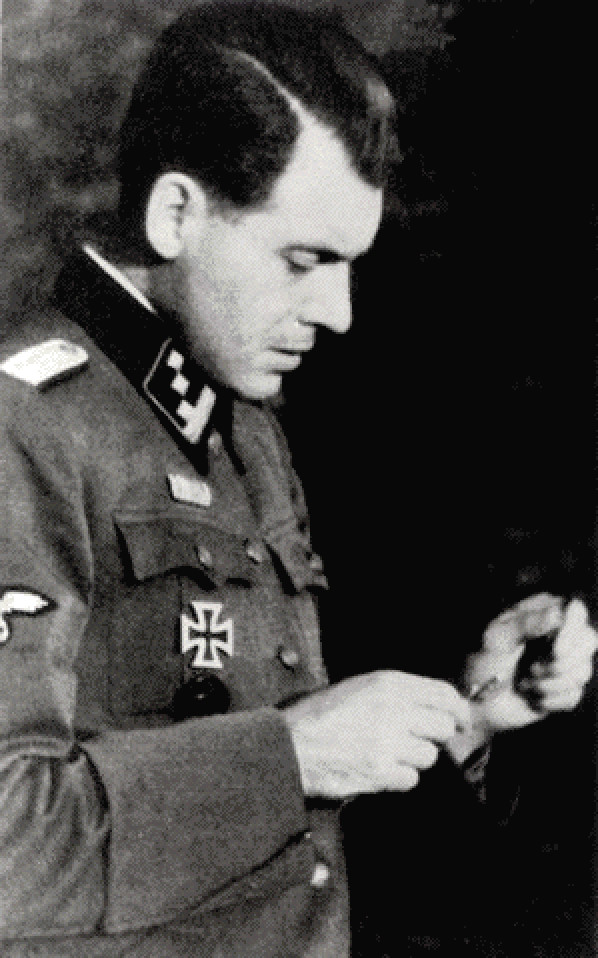
MENGELE'S AUSCHWITZ EXPERIMENTS
Separate from his regular duties at Auschwitz, Mengele conducted research and experiments on prisoners. His mentor Verschuer may even have arranged Mengele’s assignment to Auschwitz for the purpose of supporting the research of the Kaiser Wilhelm Institute for
Anthropology, Human Genetics, and Eugenics
(KWI-A). Throughout his time at Auschwitz, Mengele sent his colleagues in Germany blood, body parts, organs, skeletons, and fetuses. These were all taken from Auschwitz prisoners. Mengele collaborated on his colleagues’ research projects by conducting studies and experiments for them using prisoners.
In addition to his work with the KWI-A, Mengele also conducted his own experiments on Auschwitz prisoners. He hoped to publish the results and thereby gain the credentials to qualify for a university professorship.
In the course of his service at Auschwitz, Mengele organized a research complex located in a number of barracks. He chose his staff from among the prisoners who were medical professionals. Mengele was able to obtain up-to-date instruments and equipment for his research and even set up a pathology lab.
HE WAS A REAL LIFE 'BARON
VICTOR FRANKENSTEIN'
Mengele’s own research and the research he conducted for the
KWI-A generally focused on how genes develop into specific physical and mental traits. When conducted ethically, this is a legitimate and important field of genetic research. However, the work of
Mengele, Verschuer, and their colleagues was warped by their belief in a pseudoscientific theory of race that was fundamental to Nazi ideology. This theory held that human races are genetically distinct from each other.
Nowhere else did they have the power to experiment on human beings in whatever way they wanted. Mengele commented to a colleague that it would be a crime not to take advantage of the opportunities for human experimentation at
Auschwitz-Birkenau.
In January 1945, as the Soviet Red Army View This Term in the Glossary advanced through western Poland, Mengele fled Auschwitz with the rest of the camp’s SS personnel. He spent the next few months serving at the Gross-Rosen concentration camp and its
subcamps. In the final days of the war, he donned a German army uniform and joined a military unit. After the war ended, the unit surrendered to US military forces.
Posing as a German army officer, Mengele became a US prisoner of war. The US Army released him in early August 1945, unaware that Mengele's name was already on a list of wanted war criminals.
From late 1945 until spring 1949, Mengele worked under a false name as a farmhand near
Rosenheim, Bavaria. From here he was able to establish contact with his family. When US war crimes investigators learned of Mengele’s crimes at Auschwitz, they tried to find and arrest him. Based on lies told by Mengele’s family, however, the investigators concluded that Mengele was dead. The US effort to arrest him forced Mengele to recognize that he was not safe in Germany. With financial support from his family, Mengele immigrated to Argentina under yet another false name in July 1949.
By 1956, Mengele was well established in Argentina and felt so safe that he obtained Argentine citizenship as José
Mengele. In 1959, however, he learned that West German prosecutors knew he was in Argentina and were seeking his arrest. Mengele immigrated to Paraguay and obtained citizenship there. In May 1960, Israeli intelligence agents abducted
Adolf Eichmann in Argentina and took him to Israel to be tried. Correctly guessing that the Israelis were also looking for him, Mengele fled Paraguay. With support from his family in Germany, he spent the rest of his life under an assumed name near São Paulo, Brazil. On February 7, 1979, Mengele suffered a stroke and drowned while swimming at a vacation resort near
Bertioga, Brazil. He was buried in a suburb of São Paulo under the assumed name “Wolfgang Gerhard.”
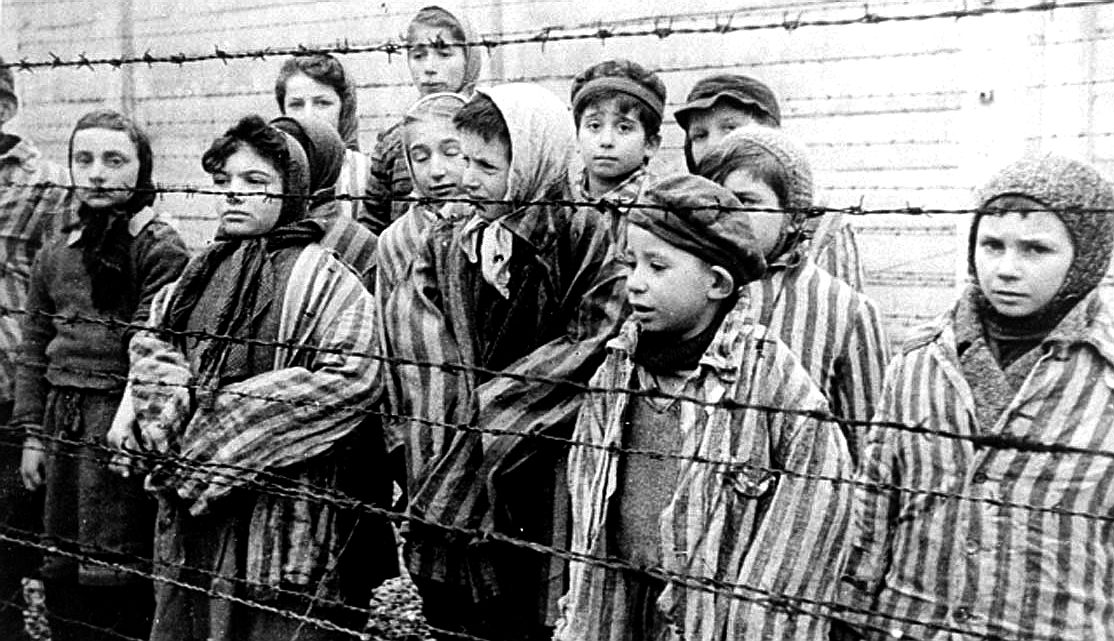
A
- Z OF NAZI GERMANY
|
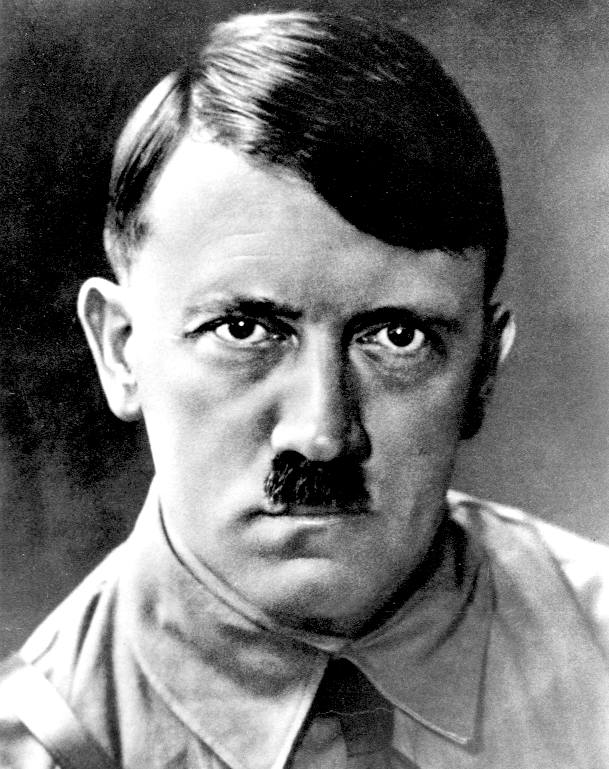
Adolf
Hitler
German
Chancellor
|
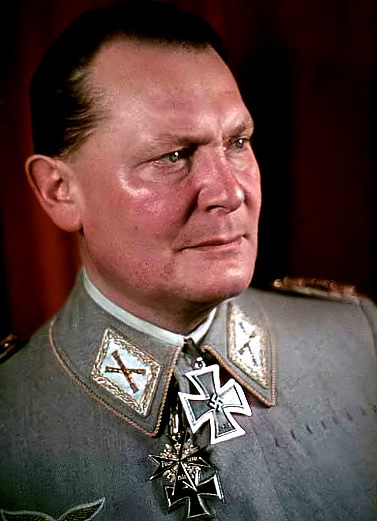
Herman
Goring
Reichsmarschall
Luftwaffe
|
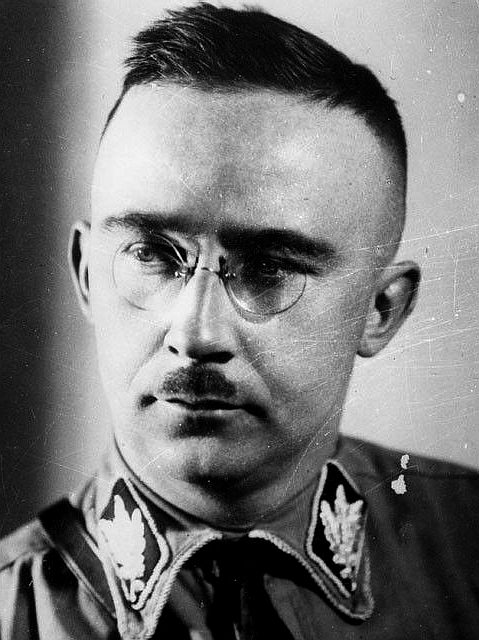
Heinrich
Himmler
Reichsführer Schutzstaffel
|
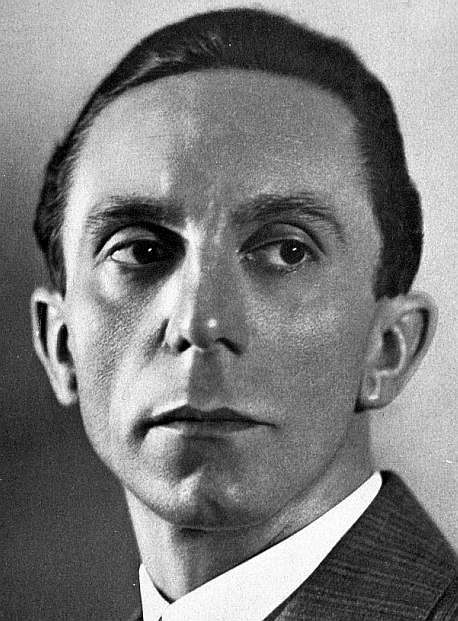
Joseph
Goebbels
Reich Minister Propaganda
|
|
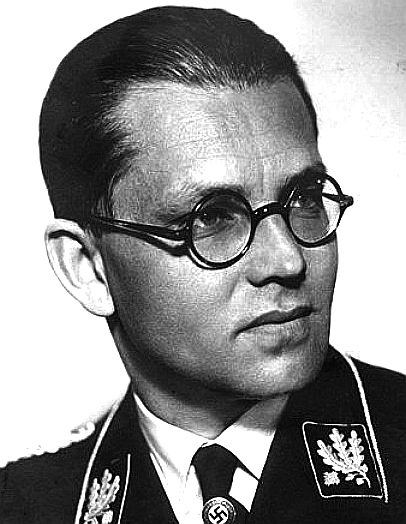
Philipp
Bouhler SS
NSDAP
Aktion T4
|
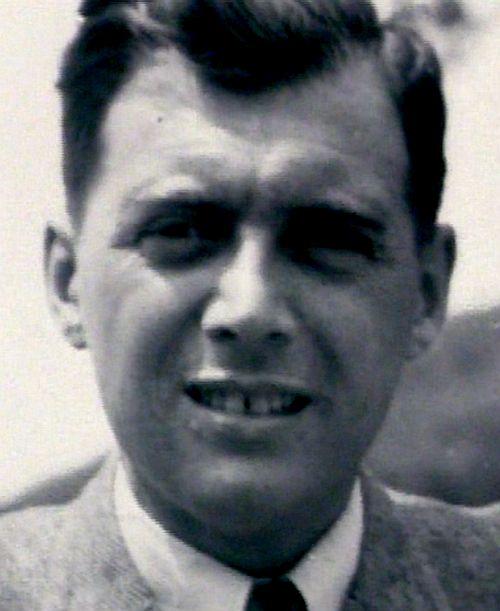
Dr
Josef Mengele
Physician
Auschwitz
|
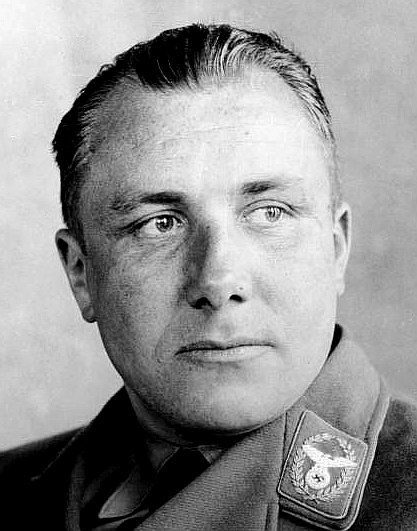
Martin
Borman
Schutzstaffel
|
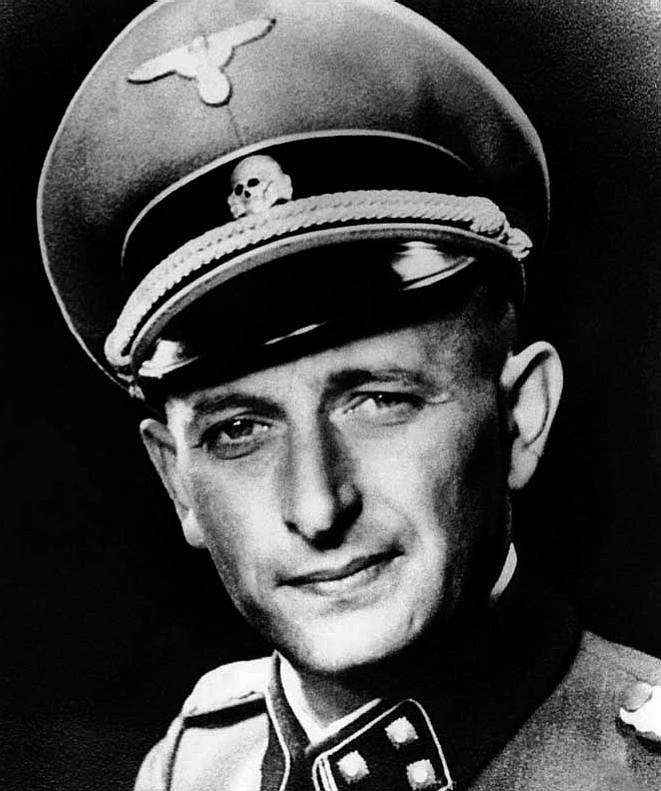
Adolph
Eichmann
Holocaust
Architect
|
|

Erwin
Rommel
The
Desert Fox
|
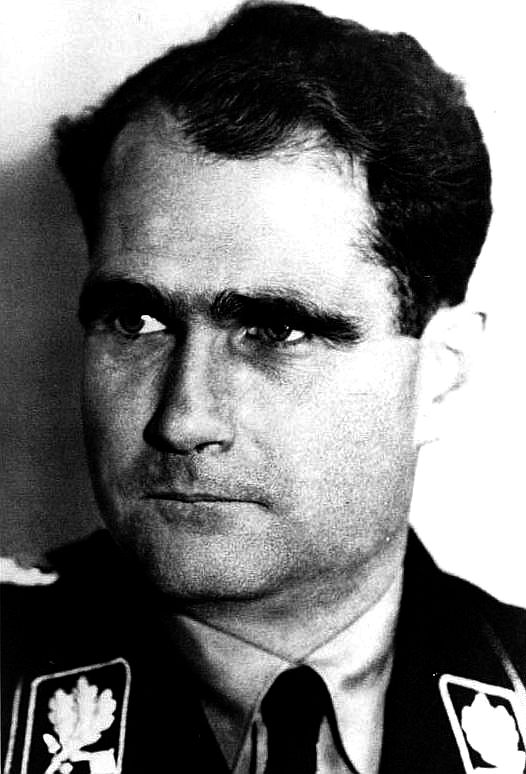
Rudolf
Hess
Auschwitz
Commandant
|
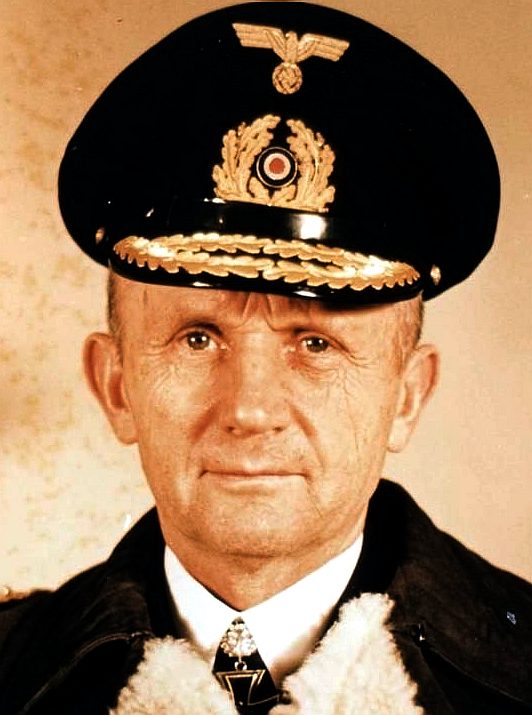
Karl
Donitz
Submarine
Commander
|
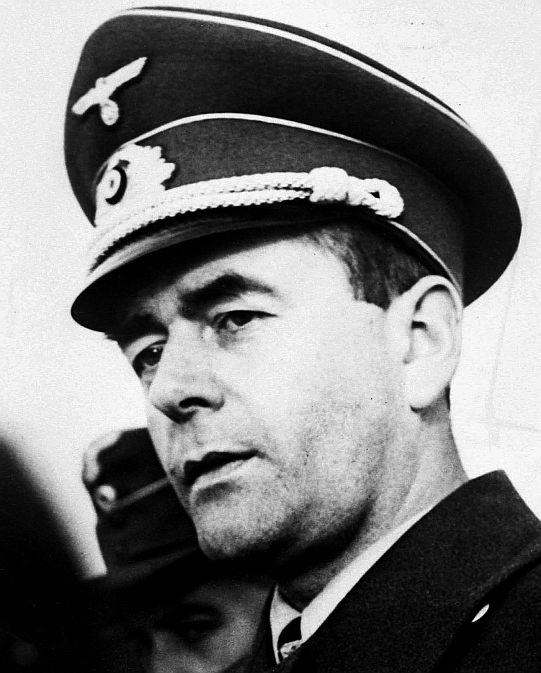
Albert
Speer
Nazi
Architect
|
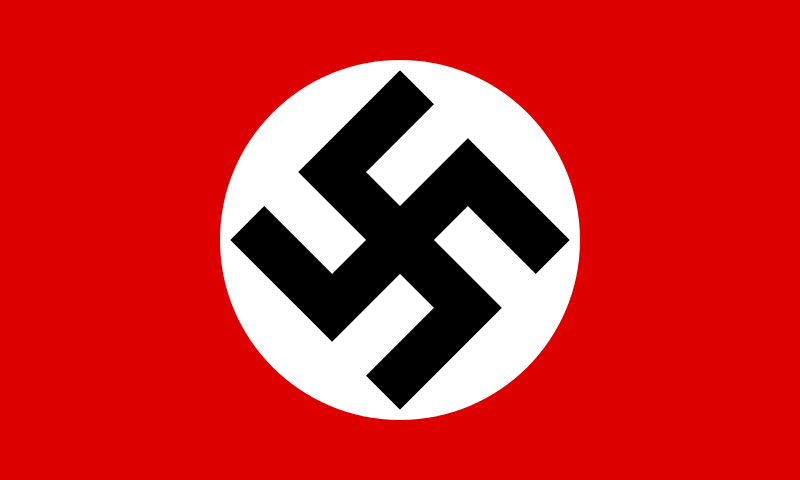
Good,
bad & evil A-Z
of humanity HOME
|

















